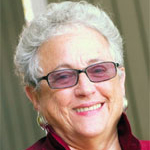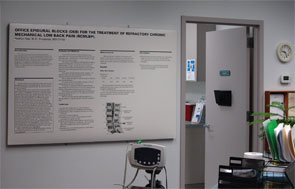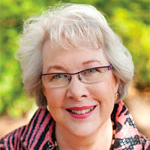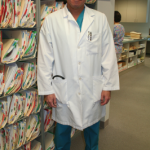
Chairs and couches should have high arms to provide
support for patients who have difficulty standing up.
During a conversation, never put callers on hold without asking for and receiving their permission to do so. “If you need to transfer a call, make sure the person to whom you are sending the call is in the office and is able to help the caller,” Ramsey continues.

Dr. Leebov
When answering a call, Wendy Leebov, EdD, managing partner, Language of Caring LLC, Boynton Beach, Fla., advises stopping your work and answering a call within four rings. “Stop any office conversation you may be involved in, and turn your attention to the phone,” she says.




